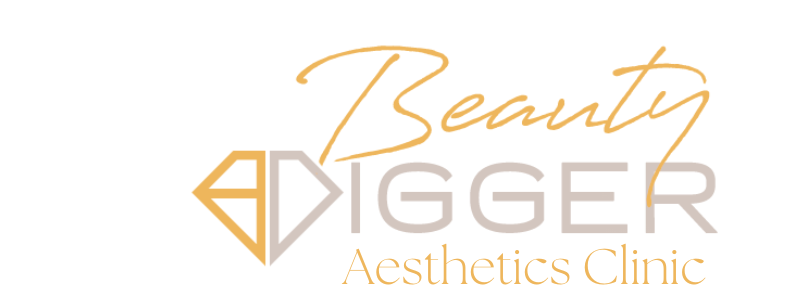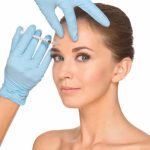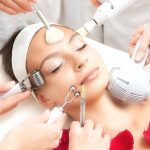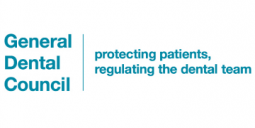Features List
PRP / PRF

What is PRP/PRF?
Platelet-Rich Plasma (PRP) and Platelet-Rich Fibrin (PRF) are advanced aesthetic treatments that utilize the patient’s own blood to stimulate tissue regeneration and improve the overall appearance of the skin. In both procedures, a small amount of blood is drawn from the patient and then processed to concentrate the platelets, growth factors, and other bioactive substances. PRP is obtained by centrifuging the blood to separate the platelets, while PRF is a more advanced form where the blood is centrifuged in a way that preserves a fibrin matrix, providing a more sustained release of growth factors. These enriched platelet solutions are then injected or applied topically to the targeted area, promoting collagen production, skin rejuvenation, and improved texture.
Both PRP and PRF treatments are popular in aesthetic medicine for their ability to enhance skin quality, reduce fine lines and wrinkles, and address issues such as volume loss and hair thinning.
How does PRP/PRF work?
Platelet-Rich Plasma (PRP) and Platelet-Rich Fibrin (PRF) operate on the principle of harnessing the regenerative properties of platelets and growth factors found in the patient’s blood. In the case of PRP, blood is drawn and centrifuged to concentrate platelets, creating a plasma with an elevated platelet count. When injected or topically applied, PRP releases growth factors that stimulate cell proliferation and collagen production, contributing to tissue repair and improved skin quality. On the other hand, PRF is an advanced form of this process, involving centrifugation that forms a fibrin matrix, resulting in a sustained release of growth factors. This three-dimensional fibrin network is thought to provide a more gradual and extended regenerative effect, making PRF suitable for applications such as facial rejuvenation and wound healing.
Both PRP and PRF are utilized in aesthetic procedures to enhance skin texture, reduce wrinkles, and promote tissue regeneration. These treatments capitalize on the body’s natural healing mechanisms, offering patients minimally invasive options for facial and skin rejuvenation.


How is the treatment administered?
Platelet-Rich Plasma (PRP) and Platelet-Rich Fibrin (PRF) treatments involve a simple yet specialized process. A small amount of the patient’s blood is initially drawn and subjected to centrifugation to separate its components. In the case of PRP, this process concentrates platelets, while PRF involves the creation of a fibrin matrix along with a high platelet concentration. The resulting PRP or PRF is then administered to the targeted area through injections or topical application. Common applications include facial rejuvenation and hair restoration.
Side effects
Platelet-Rich Plasma (PRP) and Platelet-Rich Fibrin (PRF) treatments are generally safe, utilizing the patient’s own blood components to minimize risks of allergic reactions or infections. Common and typically mild side effects include temporary discomfort, swelling, and bruising at the injection sites. In rare cases, there is a minimal risk of infection, and it’s crucial for healthcare professionals to adhere to sterile procedures. Allergic reactions are extremely uncommon due to the autologous nature of these treatments.

Before & After Gallery


Frequently
Asked Questions
PRF is a more advanced form of PRP where the blood is centrifuged to create a fibrin matrix along with platelets. This fibrin matrix provides a sustained release of growth factors, potentially enhancing the regenerative effects.
PRP and PRF are used for various purposes, including facial rejuvenation, scar improvement, hair restoration, and joint or tendon injuries.
The number of sessions varies based on the specific treatment goals and individual response. Multiple sessions are often recommended for optimal results.
Ideal candidates are those seeking natural and minimally invasive approaches to enhance skin quality, reduce wrinkles, or promote tissue regeneration. A consultation with a healthcare professional is recommended.
Results can vary, but the effects of PRP/PRF treatments are often long-lasting. Maintenance sessions may be recommended for sustained benefits.
Yes, PRP/PRF treatments can be combined with other procedures, such as microneedling or laser therapy, for enhanced outcomes. Consult with a healthcare professional for personalized recommendations.
Yes, PRP/PRF treatments are commonly used for hair restoration by promoting hair follicle health and stimulating hair growth.










